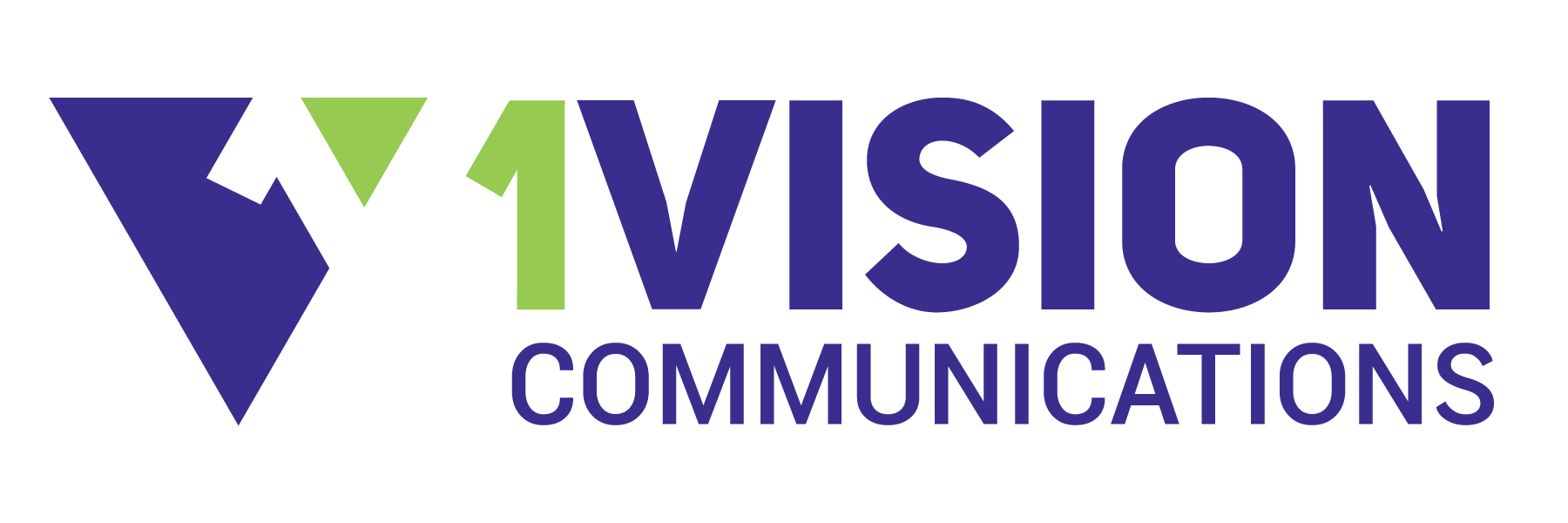With 1Vision: Optimize Your Website (3/10)
We all have experienced shame, fatigue, frustration, and a cosmic disconnect – when attempting to use some websites. As communications professionals, we should strive with all our might never to let our customers have that outcome when visiting our sites. Yet, it can and does happen.
Optimizing your website is a key factor in delivering a strong user experience (UX). For small businesses and nonprofits, ensuring that visitors can easily navigate and interact with your site can make a significant difference in engagement and response. As consumer expectations shift towards more seamless and intuitive online experiences, focusing on UX can help your organization stand out.
But sometimes you just need a little help or perspective. Sometimes a fresh set of eyes (like an agency’s) can see the potential hassles and potholes ahead. We start by evaluating your site’s navigation. Personalizing content based on user interests or behaviors can also create a more engaging experience, helping you connect with your audience on a deeper level. Additionally, optimizing for mobile devices is essential, as more people are using phones to browse the web.
Implementing changes and testing different approaches without needing extensive technical skills is a part of the ‘drag-n-drop’ software we offer. Taking control of your site’s user experience allows you to make timely updates, keeping your content relevant and accessible as your organization evolves.
You can improve visitor satisfaction and support the goals of your organization, whether that’s driving sales, increasing awareness, or expanding community and stakeholder reach, by optimizing your website UX. Don’t sleep on this one!



